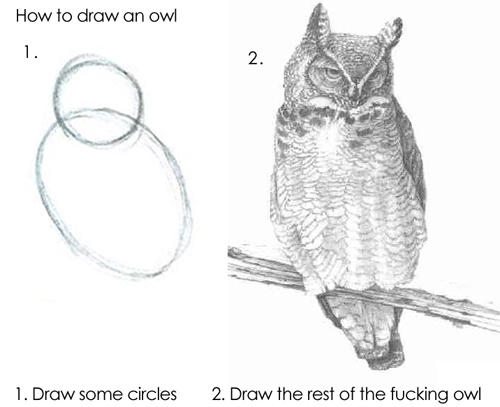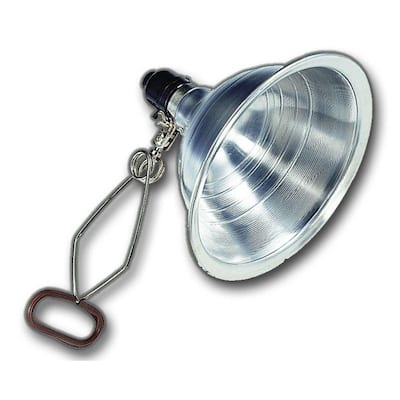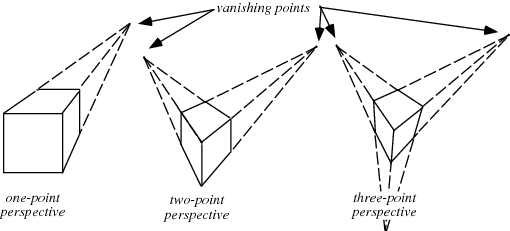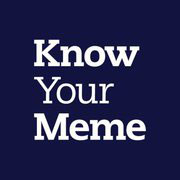I guess this is one of those threads where my input might be somewhat valued.
If you want to start drawing, then I recommend doing the following. I think most of this stuff has been mentioned earlier, but that should tell you that it is an imprtant piece of advice.
1. Please, use references.
- Some people think this might be "cheating", but you do better job if you have something to "copy". To clarify, I am NOT talking about tracing. Tracing is something you should do with extreme caution, since you learn nothing if you trace stuff all the time.
2. Draw from life (like mentioned earlier).
- This is something I haven't done much myself, but it's something EVERYONE should do. You learn a lot from drawing quick drawings of some really basic stuff. Like someone drinking coffee, reading a magazine, cooking, or something as simple as that.
Or maybe draw some Still Life like Crimson mentioned. I takes a certain mentality to enjoy Still Life though, and not all people enjoy drawing it.
3. Use tutorials and basic shapes to help you out.
- Yet again, I have to clarify that tutorials are not to be considered cheating. Sadly, this is something I learned the hard way. I didn't use tutorials when I started, so now my basics are flawed. Don't do this mistake. Use stuff like YouTube and DeviantART, and search for tutorials on stuff that interests you.
And last but definitely not least, DO NOT be discouraged.
If you just started out, your pictures probably won't be all that good. But everyone has to start somewhere. I'll let myself be an example, and post this chart that I made years ago.
You can click the view image to see it in full scale.

As you can see, I really sucked when I started out, but I just kept drawing, because I found it to be fun. I improved slowly, because I did not have internet at the time, and good references were rare.
But as soon as I joined dA, the improvement became quite obvious. That was the moment when I saw tons of good artists that I wanted to be like. So it inspired me to practice, and gave me new ideas, visions, and drawing techniques.
So try to absorb as much influence as you can from artists that you really like.
You can attempt to copy their style a bit, but avoid tracing, and 1:1 copying.



















